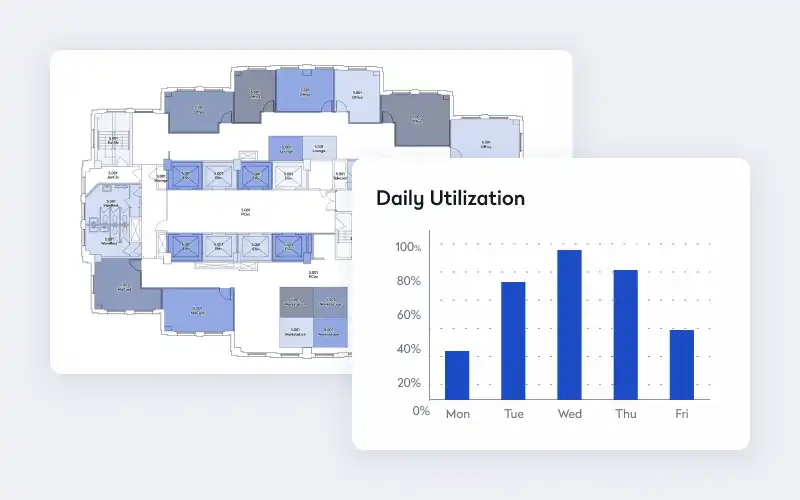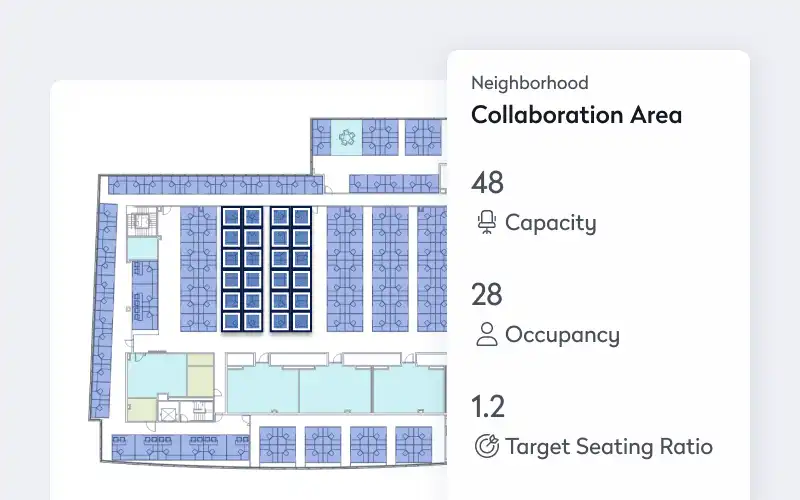
In the high-pressure environment of a large enterprise, leaders often face the challenge of balancing their well-being with the demands of their roles. By leveraging technology for smarter time management, fostering a flexible and supportive hybrid work model, and prioritizing both physical and mental health, you can create sustainable habits that allow you to thrive. These strategies not only enhance well-being but also promote long-term success and a healthy work-life balance in even the most demanding roles.
Leverage technology for efficient time management
You may be one of many leaders who’s often pulled in multiple directions, managing an overwhelming array of tasks and responsibilities. This relentless pressure can take a significant toll on your overall well-being, jeopardizing your health and hindering your productivity. However, embracing time management technology and intelligent digital tools can mitigate these challenges and provide you with more control over your daily routines.
Advanced workplace management platforms, such as Jira, ClickUp, and Zapier, can help you with optimizing your time by automating routine tasks and managing complex workflows. They can streamline meeting scheduling and provide comprehensive overviews of resource allocation, making sure that you can focus your time on strategic priorities.
By freeing yourself from time-consuming administrative tasks, you can dedicate more time to strategic planning, creativity, and personal well-being activities that nourish your body and mind.
Set clear boundaries and delegate effectively
Leaders of today’s industry-leading enterprises are often faced with a ubiquitous challenge: balancing professional obligations with personal well-being. It’s a demanding task, requiring disciplined time management, effective delegation, and a healthy appreciation for rest and rejuvenation. Those who succeed in this can enjoy not just improved quality of life, but also a better ability to lead and inspire.
Setting boundaries and delegating effectively form the cornerstone of this balancing act. While you may be tempted to be hands-on all the time, it is essential to recognize that not all tasks require your personal attention. By empowering your teams to take ownership of non-critical tasks, you can free up time and mental space for more strategic pursuits.
This not only reduces the burden of management but also establishes trust and encourages professional development within the organization.
Establish a balanced hybrid work model
In the hybrid work environment, it’s crucial to strike a balance between remote work, offering flexibility and autonomy, and in-person collaboration and interaction. As you embrace hybrid work, you should carefully allocate your time between these modes to maintain productivity while also prioritizing your well-being.
You should also carve out time in your schedule for your well-being. This involves designating specific periods for tasks, meetings, and self-care. Regular exercise and mindfulness practices can have a profound positive impact on mental and physical health.
Allocating uninterrupted time for deep, focused work is also essential. Setting aside dedicated work and non-work hours helps maintain a healthy work-life balance, and effectively recharges you to perform optimally during work hours. It also sends a message to your team and other managers that if you are making time to take care of yourself, they should feel empowered to do the same.
Workplace analytics and space planning tools are also indispensable for leaders navigating hybrid work. These tools can provide detailed insights into space planning, meeting trends, and employee occupancy patterns. By leveraging this data, leaders can optimize the physical workspace to enhance productivity, flexibility, and employee engagement.
Whether planning for in-office meetings, collaborative spaces, or private work areas, these tools empower leaders to create an environment that supports both individual and team well-being.

Put physical and mental well-being front-and-center
Focusing on both physical and mental well-being is key to sustaining energy and resilience, ensuring that work and personal life remain in balance. Incorporating wellness breaks into the daily routine is crucial for rejuvenating the mind and body.
These breaks could involve short walks, meditation, or relaxation exercises. Scheduling downtime for vacations or personal development is equally important to give the mind the chance to disconnect from work and recharge. Several digital wellness tools can provide useful reminders to take breaks, track mental well-being indicators, and offer personalized recommendations for relaxation techniques or physical activity.
By actively pursuing physical and mental well-being, enterprise leaders can set an example for their employees and create a healthier work environment for all.
Stay informed with data-driven insights
Data-driven insights are indispensable for leaders seeking to lighten their mental burden and make informed decisions. Today, numerous workplace management platforms provide real-time data that sheds light on the organization’s internal operations.
These platforms serve as a compass, guiding you through the complexities of resource allocation, employee productivity, and space utilization. With access to such valuable information, you can avoid the trap of feeling overburdened by the need to oversee every aspect of the business.

Tools like Eptura’s integrated worktech platform empower organizations with robust data. You can gain a comprehensive understanding of the organization’s performance, which enables you to make strategic decisions with confidence.
Gone are the days where you have to navigate in the dark, relying solely on gut feelings or fragmented information. Instead, you can adopt a data-driven approach, harnessing the power of insights to steer the organization towards success.
The benefits of data-driven decision-making are multifaceted:
- It allows you to allocate resources more effectively. By identifying areas of resource wastage, you can redirect those resources to more productive activities that will better serve the organization’s overall performance.
- You’re able to optimize space utilization. Through data analytics, you can identify underutilized areas and adapt the workspace accordingly, creating an environment that promotes productivity and employee happiness.
Follow the data, lead by example
The most successful leaders of today know that technology’s purpose is to make their lives easier. It frees up time for the things that matter more, like mentoring their team and driving the business forward. Be the best workplace leader you can be by making the most of the innovative tools on offer, like Eptura’s suite of digital products, which have helped organizations all over the world with their employee experience, space planning, and asset management.


